
Depending on who you ask, a can of food might represent a sterile version of the real thing—or it might represent a treasure that’s traveled over oceans and across borders to arrive, bursting with life, in your kitchen. A can might hold a lackluster lunch you can eat at your desk, or it might hold an artillery of nutrients that you can depend upon to fortify you if everything else goes terribly, terribly wrong.
Sure, cans can be filled with San Marzano tomatoes and black beans, but they can also hold loaves of breads and entire chickens. In the TASTE Can Issue, we learn that they can contain a lot more, from perfectly caramel-y, creamy condensed milk to vibrant mango puree and smoky chiles. We learn that Spam, which has existed as more of a punch line than a food for years in the United States, comes in a whole array of little-known flavors like chorizo and hickory smoke—and that the teriyaki flavor is not bad in musubi. We find out how so many canned ingredients were woven into the fabric of everyday Filipino cooking, and why preppers take comfort in their stockpiles of cans. For when shit is really hitting the fan.
A can might appear on the surface to be just another small, familiar object of daily life, but it can contain a whole lot of flavor, comfort, history, and baggage. We hope you’ll stick around and pop a few open with us. —Anna Hezel, Senior Editor
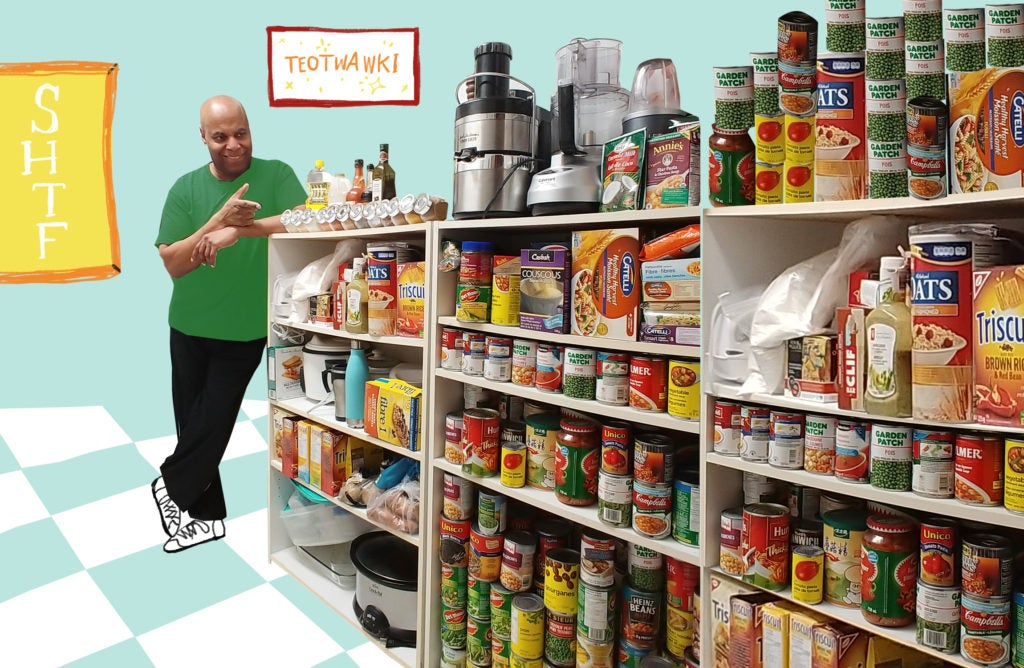
feature
Preppers Don’t Survive, They Thrive
Who are the “preppers” stockpiling cans in their basements, and what will they cook when the shit really shits the fan?
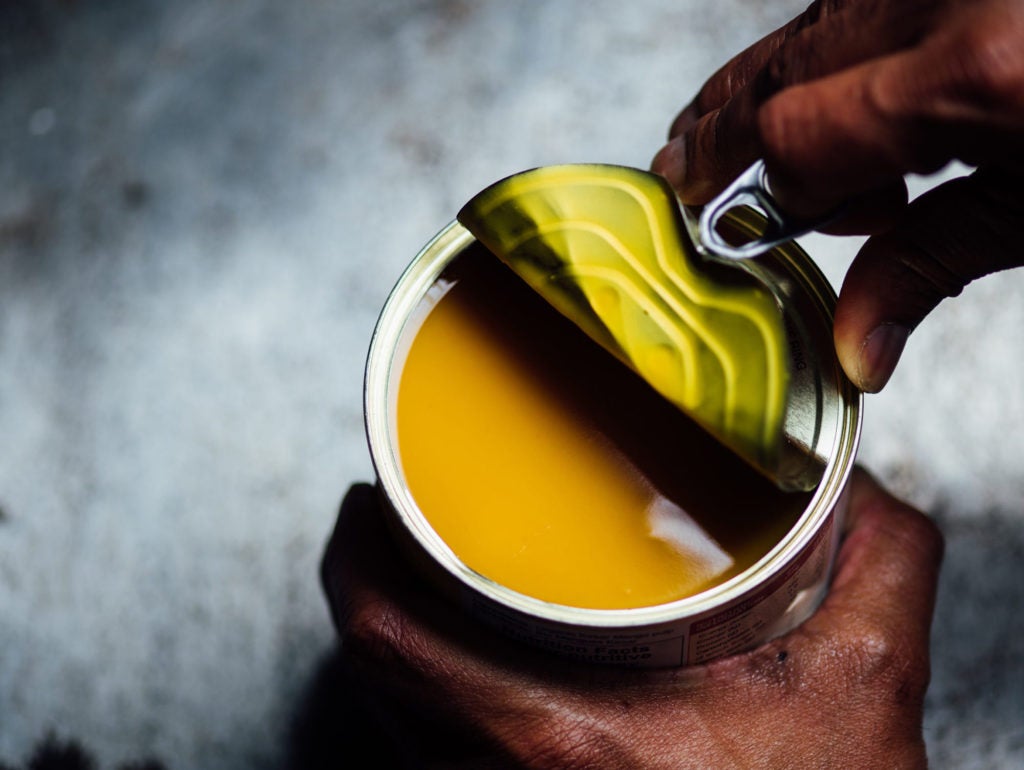
feature
Indian Mangoes: Crossing Continents in a Can
There’s nothing quite like fresh mangoes from India. But when you can’t find them, the next best thing is canned mangoes from India.
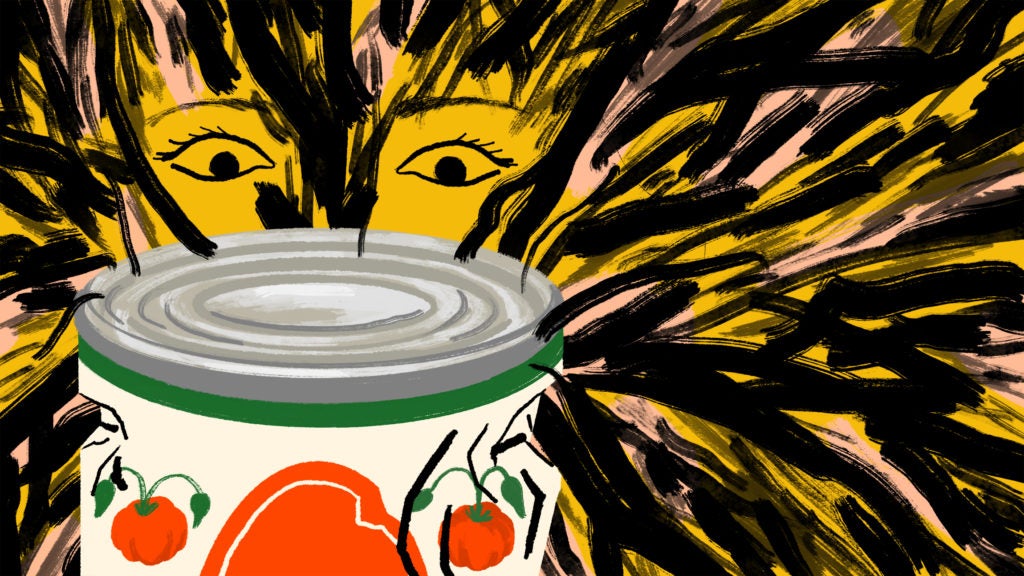
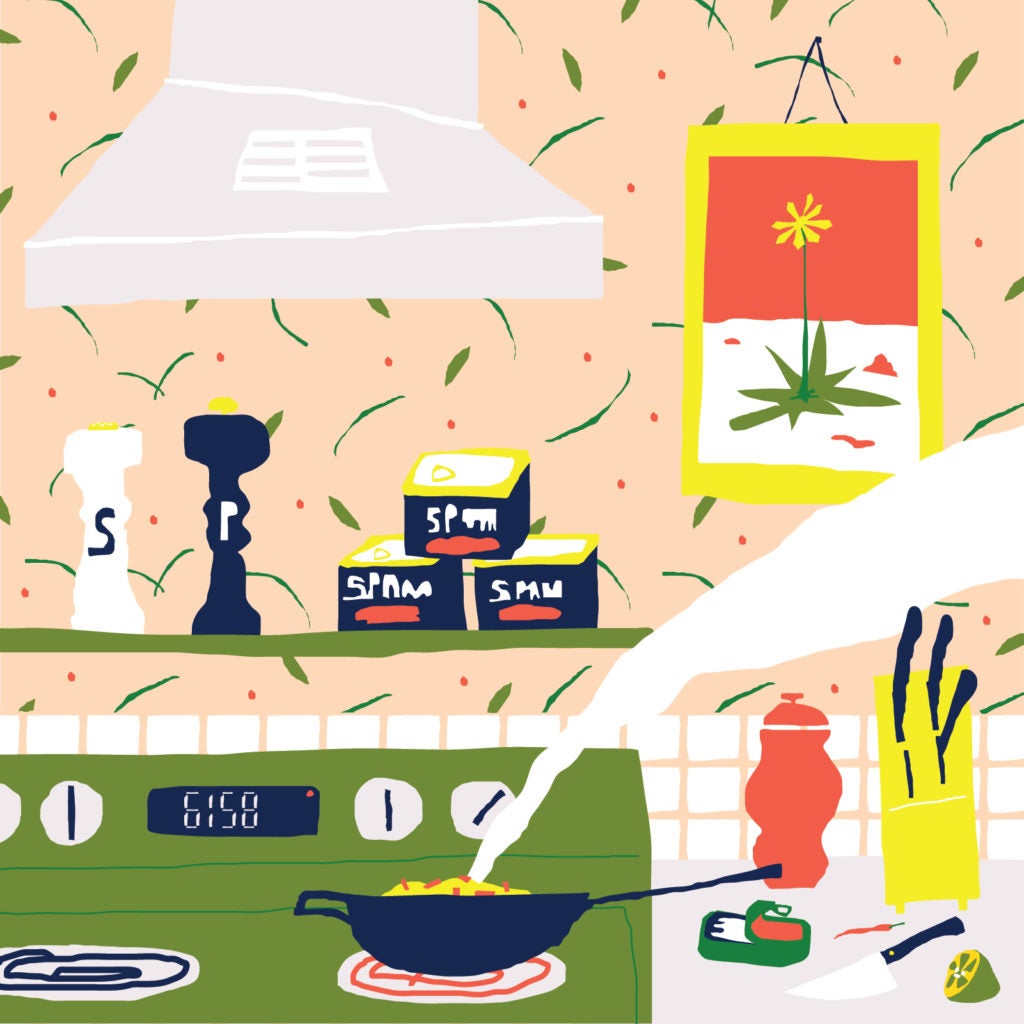
feature
Colonialism in a Can
There’s a shame-free exuberance and practicality in the Filipino transformation of canned food—even as it harkens back to America’s checkered occupation of the Philippines.
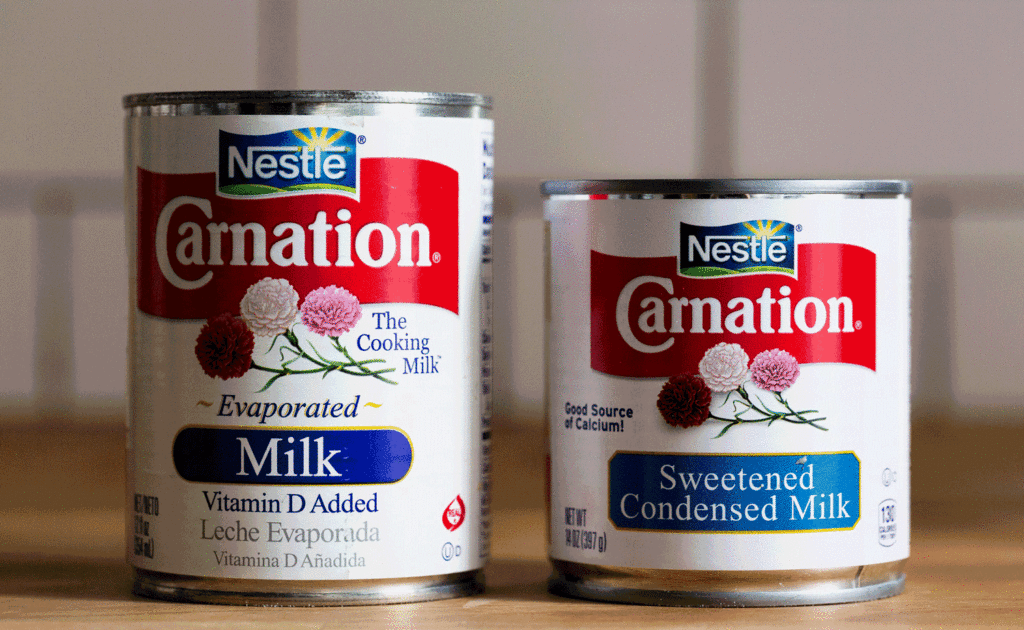
feature
Mexican Desserts and the Magical Can
It’s a key ingredient in tres leches cakes and dulce de leche, but condensed milk also works as a sauce on its own.

feature
15 Flavors of Spam and Counting
Since its rise to popularity during World War II, Spam has come a long way. We took a closer look at some of the canned meat’s offshoots.
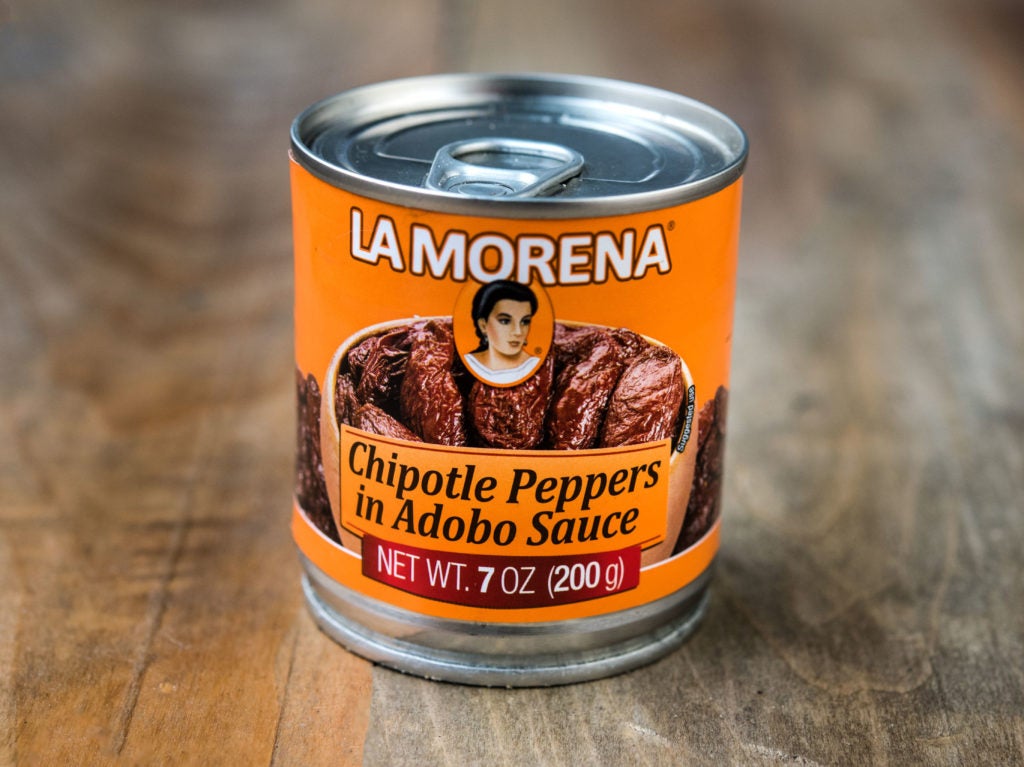
feature
A Tiny Can Full of Smoke
Canned chipotles are an extremely dependable grocery-store staple, and the smoked peppers are going to change the way you think about veggie burgers.